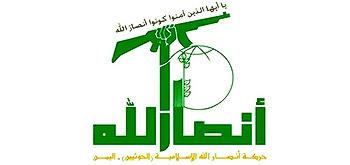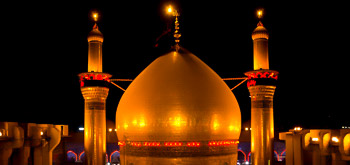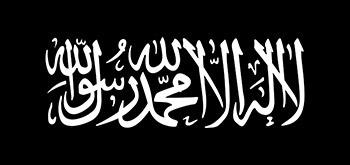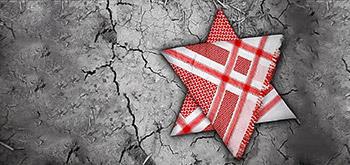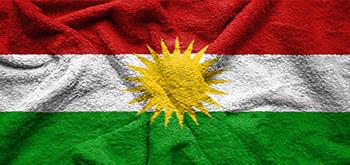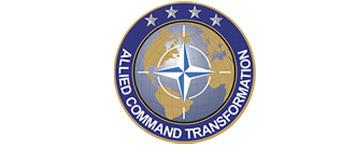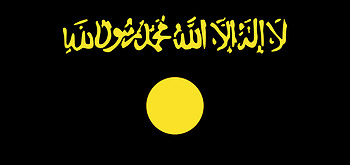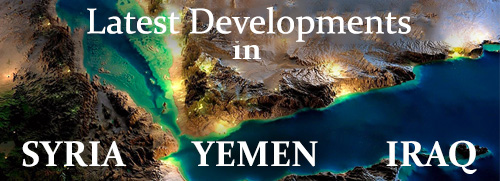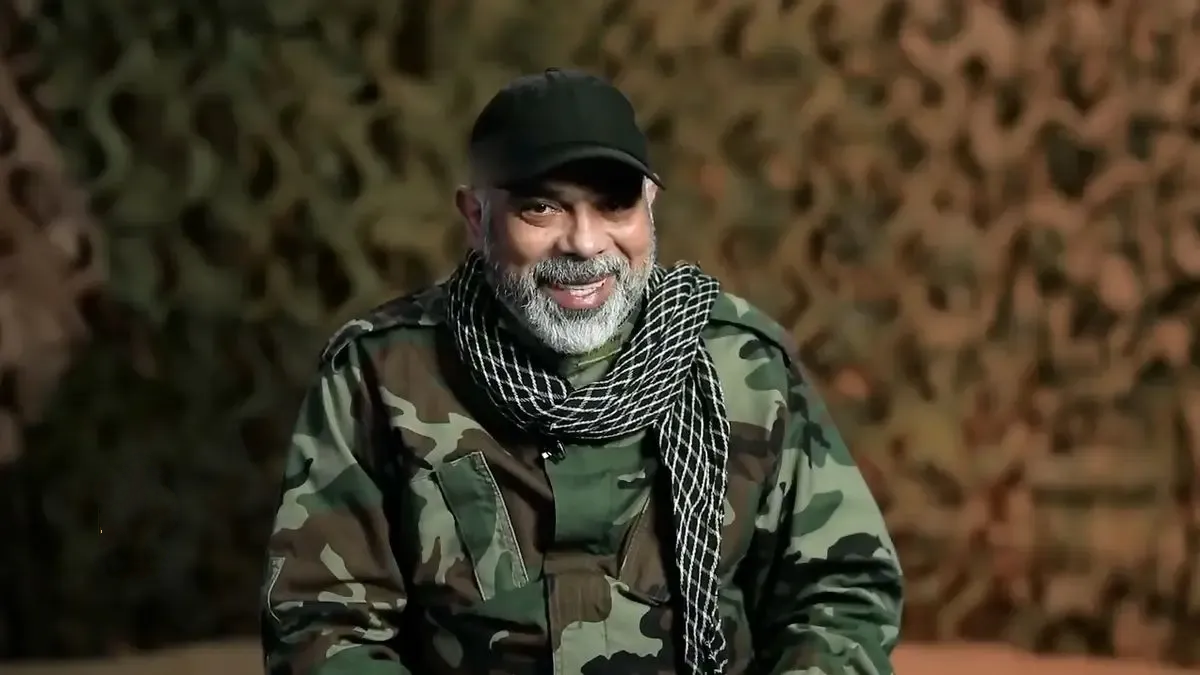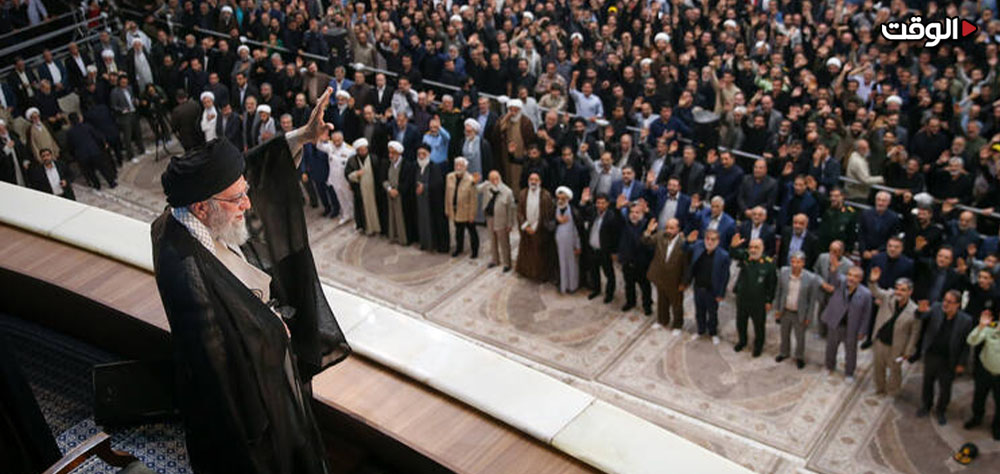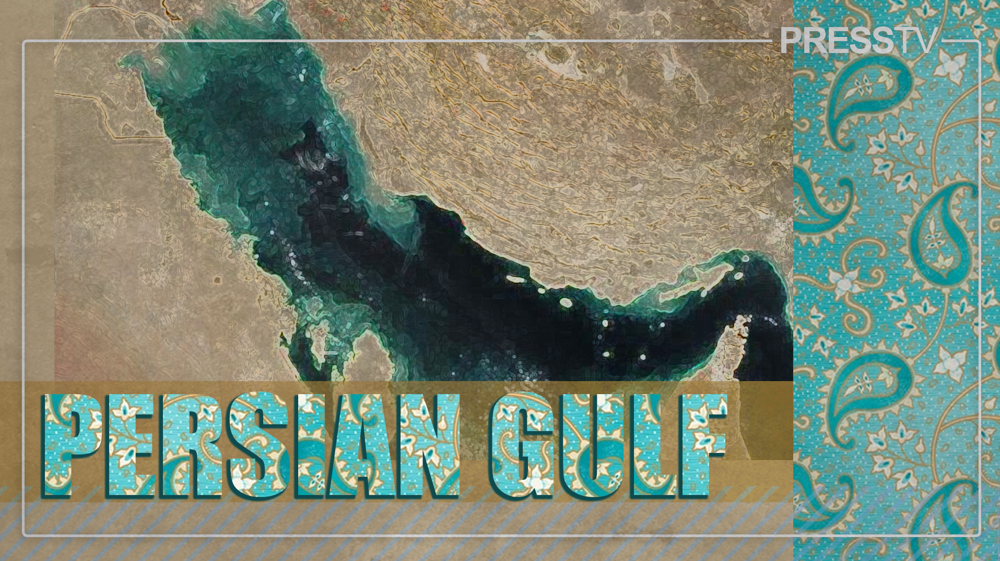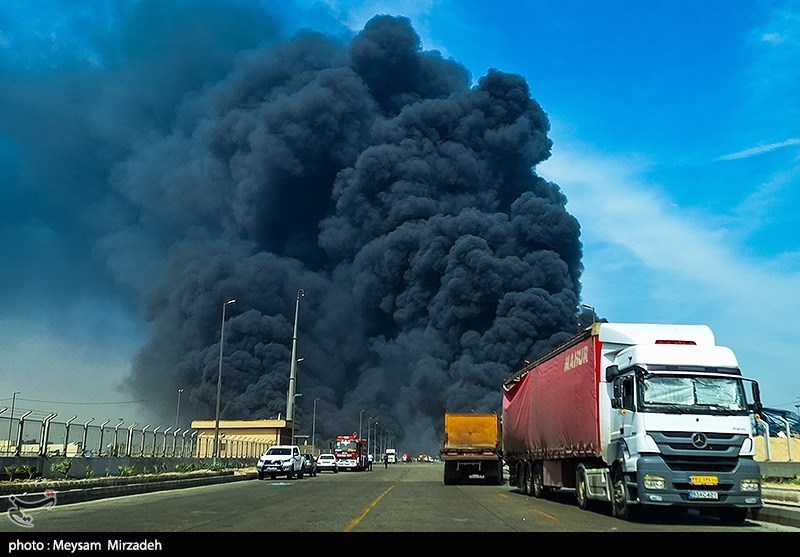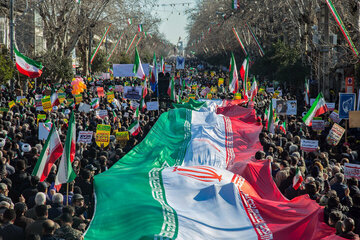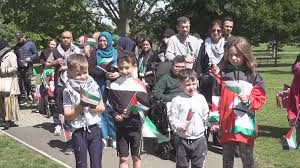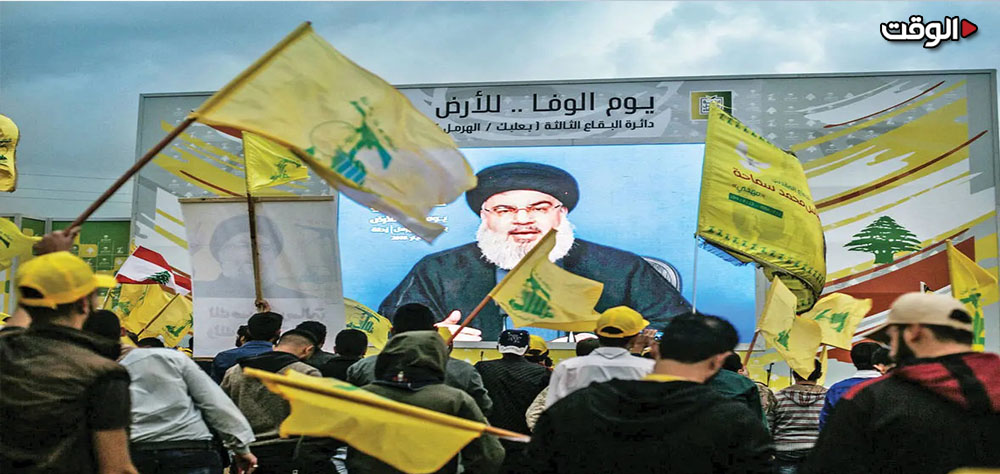Alwaght- Haytham Ali Tabatabaei, nicknamed Abu Ali, was one of the prominent Hezbollah commanders who was assassinated by an Israeli terrorist attack in southern Lebanon on Sunday. He commanded Hezbollah's elite unit Radhwan Force in Syria and had a role in backing Yemen's Ansarullah resistance movement. He was on the US blacklist and Washington set $5 million for information leading to his arrest. Also, Israeli security research centers described Abu Ali as one of the most prominent field commanders of the southern front as his name was tied with Radwan Force.
From Syria to Yemen to southern Lebanon
By 2012, the name of Abu Ali had become prominent in the Syrian conflict, first in the Damascus suburbs of Qalamoun and later in the southern provinces of Quneitra and Daraa. He operated as a field commander for Hezbollah's special military units, the Radhwan's Allah Battalion, where he oversaw training, coordination, and the development of hybrid warfare operations, including reconnaissance, drone capabilities, and precision strikes.
Tabatabaei first captured significant media attention following a 2015 airstrike in Quneitra that killed Brigadier General Mohammad Ali Allahdadi and several Hezbollah members. Israel had targeted him in that strike but failed to hit him.
Reports also indicate he played a decisive role in transferring specialized military training to the Ansarullah forces in Yemen.
More recently, Tabatabaei was a pivotal figure in Hezbollah's intensified anti-Israel operations in southern Lebanon during 2024. In response to escalating Israeli incursions, he took a leading role in restructuring the Rizwan unit and restoring the group's combat readiness, while working to re-establish central command and control to counter the Israeli aggression.
Tabatabaei's family roots
According to research bases in the Arab world, Abu Ali was born in 1968 to an Iranian father and a Lebanese mother, granting him the "Al-Tabatabaei" surname, a name belonging to a prominent Shia family with considerable influence across Lebanon, Iran, and Iraq.
A native of southern Lebanon, where he lived his entire life, Tabatabaei joined Hezbollah as a young man and ultimately rose to become a senior commander within its elite force. Some non-official sources have identified him as the force's field commander, directly overseeing its units.
Position in Hezbollah
Reports by American sources suggest that Tabatabaei had vast operational experience in Radwan Forces and in addition to deep coordination with other resistance forces in the region, especially Yemen and Syria, he played a crucial role in rebuilding Hezbollah's power after 2024 war.
Arabic and Hebrew media have described Hezbollah commander Mohammad Haidar as the commander of the Radwan Force, while Tabatabaei was positioned at the helm of Hezbollah's overall Southern Front command.
This command structure was reconfigured following the assassination of Hezbollah's top military commander, Fuad Shukr (also known as Sayyed Mohsen), by Israeli forces on July 31, 2024. A Lebanese security source told Al Jazeera "Haitham Tabatabaei was appointed to succeed Fuad Shukr as the commander of Hezbollah's forces."
Life and progress in Hezbollah
Abu Ali Tabatabaei was born in the southern Lebanese town of Al-Bshurah on May 11, 1968. According to biographical accounts, he joined the ranks of the Islamic Resistance, Hezbollah, at its inception and progressed through its extensive military and leadership training programs.
His combat record dates back to the years before Lebanon's 2000 liberation, participating in numerous operations against Israeli military positions and their assets. He served a direct field command role in resisting Israeli invasions into Lebanon during both the 1993 and 1996 conflicts.
Lebanese sources report that from 1996 until the 2000 liberation, Tabatabaei held command over the Nabatieh axis and was one of the leaders of the operation that captured the Barakat al-Naqar outpost in the occupied Shebaa Farms.
Following the 2000 liberation, his command continued over the Khiam axis until 2008, where he later led Hezbollah's defensive operations in that sector during the July 2006 war.
After the 2008 assassination of Imad Mughniyeh, Tabatabaei assumed command of the elite Radwan Forces, a unit he is credited with helping to establish and develop. His responsibilities expanded to command duties across the broader Axis of Resistance, and he was ultimately placed in charge of the Hezbollah's operations during the recent Al-Aqsa Storm battle.
Recurrent Israeli violations of ceasefire: Is war re-eruption unavoidable?
Despite the internationally-brokered February ceasefire with Hezbollah, the Israeli regime since the first days showed it honors no agreement. Its drone strikes, bombings, land incursions, and terrorist actions against resistance leaders and commanders have practically rendered the truce ineffective, pushing Beirut back to the path of an all-out escalation.
Over the past few months, Tel Aviv has carried out tens of attacks deep into southern Lebanon, sometimes in the residential areas. These attacks are seen as a deliberate strategy to sustain instability, prevent reconstruction, and put military strains on Hezbollah.
These actions, just contrary to Israeli officials' claims, have nothing to do with deterrence and are examples of aggression and violation of an official truce deal according to the international laws. This continued policy of belligerence presents the Resistance front with an undeniable reality: a ceasefire is only meaningful if the other party adheres to it. When a party like the Israeli regime uses the truce as a tactical tool for assassinations, mapping Resistance positions, rebuilding field intelligence, and attacking Hezbollah's military infrastructure, it effectively leaves no option but a return to full-scale conflict.
Within this context, it is clear that Tel Aviv has miscalculated by failing to account for Hezbollah's capacity for a decisive response, its high level of operational readiness, and its strategic depth.
With the escalation of Israeli violations and a campaign of targeted assassinations, regional analysts now broadly agree that the region is once again being steered toward a major confrontation, a conflict for which Tel Aviv bears full responsibility, having chosen the path of assassination and aggression over respecting the ceasefire.
Hezbollah, the commander-making space
One of the most important aspects of the overt and covert Israeli war against Hezbollah is the reliance on the policy of assassination of commanders, a policy followed since 1990s but has so far failed to make strategic gains and only proved backfiring.
Over the past four decades, Hezbollah has proven it is not a sole militia organization, but a socio-military organization, deeply rooted in the Lebanese society, with the capability to reproduce commanders, experts, and field managers way beyond Israeli imagination.
The assassination of Martyr Tabatabaei is a stark illustration of this reality. Israel had long listed him as one of its “strategic targets,” believing that eliminating a commander of his caliber would deliver a major blow to the structure of Hezbollah’s Radwan Forces and its southern command. But Hezbollah’s history shows something very different: the movement has, for decades, functioned as a command-production machine, one in which every commander is the product of years of field experience, specialized training, multi-front deployment, and deep immersion in the culture of resistance.
Like many martyred commanders of the resistance, Tabatabaei was not just an individual. He was part of a broader institutional system where the reproduction of capability is a core principle. Since the era of Imad Mughniyeh, Israel has assassinated dozens of senior Hezbollah figures. Yet instead of weakening, the resistance movement has become more complex, more expansive, and more professional.
And this is precisely what Tel Aviv fails to grasp: unlike a conventional army, Hezbollah does not suffer structural breakdown when individuals are eliminated. With every assassination, a new generation of seasoned, networked and multi-skilled commanders emerges from the battlefield.
Tabatabaei, who operated from Syria to Yemen and from Qalamoun to southern Lebanon, embodied this model. He was a commander shaped by both classic warfare in the south and hybrid combat in Syria, trained in drone and combined operations, and capable of structuring the elite Radwan Forces.
Assassination of a commander of this scale is undoubtedly painful for the resistance movement. But it in no way disrupts Hezbollah’s operational capability. On the contrary, experience shows that after every assassination, Hezbollah accelerates its command-regeneration process, with greater speed, depth and power than before.
It is for this that Israeli experts openly admit that assassination of Hezbollah's commanders, instead of weakening the movement, motivates upgrade to command structure and increases its operational agility.
The assassination policy, as seen in Mugjniyeh, Shukr, Mustafa Badreddine, and now Tabatabaei cases, has not only failed to put the brakes on Hezbollah's progress, but also has transformed it into a more professional, more experienced, and more multifaceted organization.
Many observers agree that Hezbollah is not an organization that falters by assassination of its commanders. It emerges stronger from each assassination.



